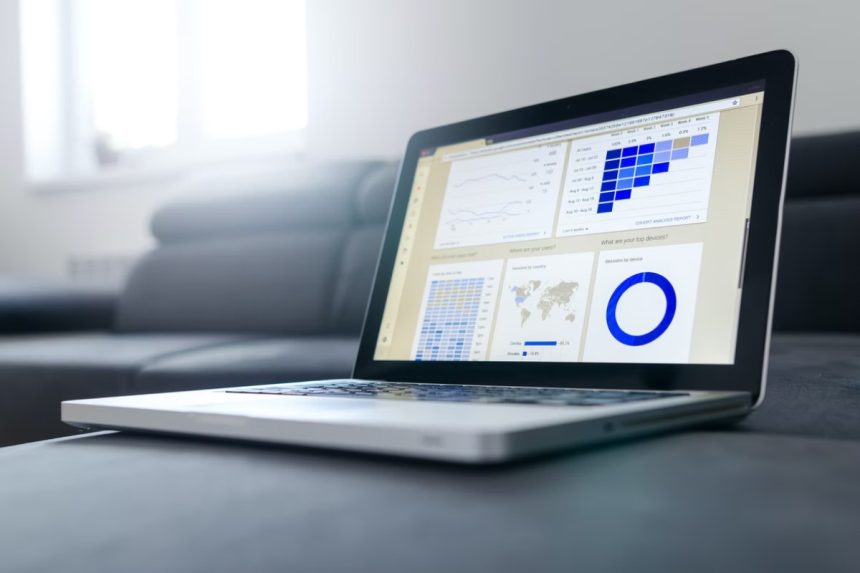Biometrics market has been significantly impacted due to the Covid-19 pandemic. Where contact-only biometric companies suffered the most, many others adapted to contact-less solutions. The main change being biometrics through AI-based facial recognition or biometrics through digital applications. As organizations increase their digital transformation efforts in different sectors like education, healthcare, government, etc., the usage of biometrics devices – especially facial recognition in the wake of COVID -19 – is now becoming more apparent.
With more countries now looking to start going back to the physical world, biometrics are now again an important factor for authentication in various fields. Even if a limited number of people have started going back to offices, restarted production in factories, move around for traveling, or do any activity that does not necessarily have to do with recognition or security; biometrics still plays a significant role in all these areas. In other words, as the world has entered a new era of digitization, biometrics are anticipated to take a front seat in the future.
Of course, physical distancing and avoiding touch due to health risks will continue to exist for a long time. As a result, the market for biometric technologies based on “touch” is already affected, with the exception of digital applications – whereas contactless methods like facial recognition, voice recognition and retina scans are gaining popularity.
The Changing Dynamics in a Contactless World
According to a joint Biometric Survey 2021 by Goode Intelligence, the pandemic resulted in a boom in adoption of biometrics. The survey was conducted during the months of March and April 2021. It gathered responses from 220 individuals working in various sectors such as government, enterprise, BFSI, healthcare, and technology.
The survey shows that 62 percent of respondents said that their organization deployed technology supporting remote authentication, whereas 45 percent reported to have increased biometrics adoption due to COVID-19. 64 percent of respondents said that their company adapted to technologies supporting mobile applications and remote onboarding.
Precisely 55 percent respondents are presently using biometrics. Out of these, 69 percent use it for authentication, 75 percent for identity verification, and 31 percent for fraud prevention. More than 73 percent of respondents believed that biometrics was good for user experience, along with increased security.
Another trend highlighted in the report is biometric spoofing. 40 percent of survey respondents believe that it is a growing threat. Hence, 90 percent of them were in favor of liveness detection as a useful tool to tackle biometric spoofing attack effects.
Biometrics and the Payments Market in Post Pandemic World
Another report by Goode Intelligence titled “Biometrics for Payments; Market and Technology Analysis, Adoption Strategies and Forecasts 2021-2026 – 3rd Edition” details how biometric technology will integrate with the payment sector in upcoming years. The report forecasts the growth of biometric payment cards and increase in token less naked payments that authorize transactions via biometrics.
These solutions are still developing and though they have been emerging over recent years, their true potential is now evident after the impact of pandemic. The reason is that the pandemic resulted in a huge upsurge in digital and contactless transactions, and a considerable decline in consumers using POS devices and PIN pads to avoid touch.
The report indicates that by 2026, global biometric payments will be valued at $5.765 trillion, with more than three billion biometric payment users. At lease one out of five payment cards in 2026 will be a biometric payment card.

